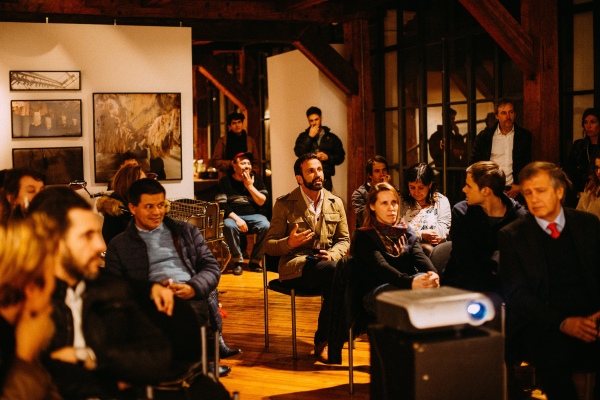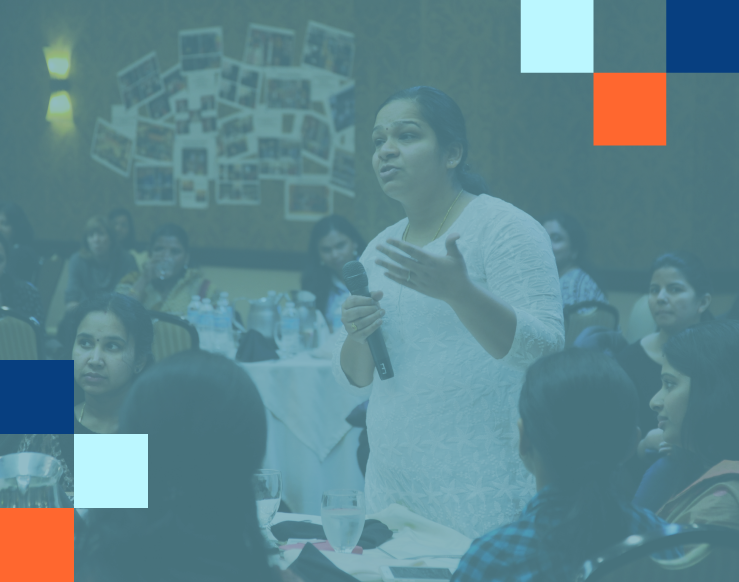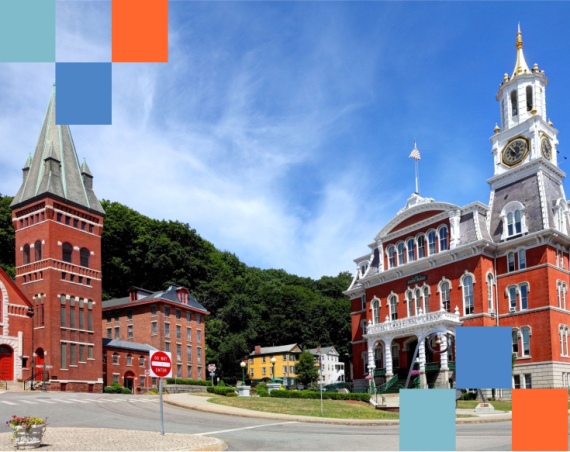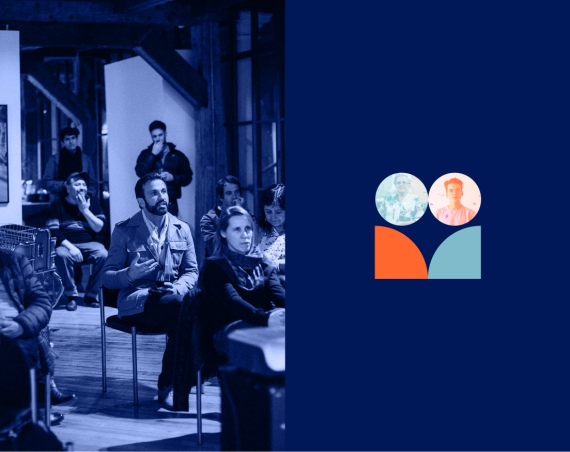While citizens’ assemblies and panels have been around since the dawn of democracy, they’ve recently received increased attention as an effective means of resolving polarized debates and restoring public trust in democratic institutions.
Citizens’ assemblies hark back to Ancient Greece, where they were established to offer residents a say in decision-making and reach consensus through deliberation. While the rules have evolved significantly since then—we’re no longer excluding women and non-male community members from the conversation, for example—the core purpose has stayed the same: to allow for in-depth debate among a randomly selected group of individuals and aid public decision-making.
Why are citizens’ assemblies so relevant now?
As a response to many of the global shifts and upheavals we’ve collectively faced in the 21st century, our world is becoming more polarized. Public trust in the democratic system and its institutions is eroding, sensitive public debates are generating more heat than light, and communities are finding themselves increasingly divided, which in turn breeds deeply rooted feelings of alienation and discontent. According to numbers from the United Nations, public trust in the national government has dropped from 73% in 1958 to 24% in 2021 in the United States and has similarly been declining in Western Europe since the 1970s.
If we’re to address these issues and make progress on collective challenges, we’ll have to find common ground. Engaging communities in citizens’ assemblies can help bridge the divide by encouraging a healthy exchange of ideas and perspectives and by reflecting those ideas in drafting and executing public policies. Citizens’ assemblies and panels are particularly effective at encouraging inter-group communication and the exploration of shared interests while simultaneously promoting a culture of inclusion, diversity, and respect. That’s precisely why they’re so well-suited to addressing sensitive and charged debates.
Some of the main benefits include, but aren’t limited to:
- stimulating healthy and constructive conversation and discussion on sensitive subjects;
- helping participants understand the complexities and trade-offs in policy dilemmas;
- allowing community members to tackle difficult questions without worries of re-election;
- inventing innovative solutions rooted in the collective intelligence;
- strengthening the democratic fabric of local communities.
How do citizens’ assemblies or panels work?
First and foremost, the size and duration of a citizens’ assembly are not fixed. This will be determined by the size of your community and the number of topics on the table. A citizens’ assembly, in general, consists of at least 100 people and meets for at least 18 weeks, whereas a citizens’ panel or jury usually consists of fewer than 50 people and meets for a shorter period of time. As a local government, you start by defining the scope, focus, and main goal of the process.
Potential members of a citizens’ assembly or panel are selected by lot to eliminate selection bias. This initial and randomized selection is further narrowed down to a smaller sample of participants reflecting the general population in terms of age, ethnicity, education level, location, and gender identity. This ensures accurate representation of a wide range of viewpoints and voices, including those of traditionally underheard communities.

As the selected assembly members are likely not experts on the topic(s) at hand, they receive the necessary information and assistance to get acquainted with the subject matter and examine it from all angles. This could include meetings with competing interest groups, hearing the voices of those affected by the discussed issue, and Q&A sessions with experts. This step is crucial to guaranteeing everyone is on equal footing and can weigh the arguments to reach an unbiased decision.
The citizens’ assembly in action
Priority-setting in Newham, London (UK)
With over 300,000 inhabitants, Newham is one of the largest and most diversified boroughs in the British capital. Over the last few years, the borough has launched several community engagement projects, including the Queen’s Market Good Growth Programme, a £4.1 million project involving residents in urban planning decisions. But more recently, Newham got started with community assemblies to identify neighborhood priorities and set up the first permanent sortition-based citizens’ assembly in England.
The Newham administration chose to open the larger community assembly to anyone who lives, works, or studies in the borough and allow anyone to come and go as they pleased. They also set up working groups of citizens, councilors, and local stakeholders, who wielded their local knowledge to oversee the process and ensure it truly addressed the community’s needs. Now that Newham’s community assembly initiative is nearing completion, 82 projects (approx. 10 per neighborhood) have been selected and are in various stages of implementation, bringing things like community gardens, green highways, youth programs, community safety initiatives, and pop-up markets to the borough.
Citizens’ assemblies and panels in the rest of the world
Citizens’ assemblies in Ireland in 2014 and 2017 resulted in a referendum on same-sex marriage and the repeal of the 8th amendment prohibiting abortion. These two constitutional amendments addressed nationally sensitive issues that politicians had evaded for a long time, and they demonstrate the potential influence assemblies can have on deep policy debates. In France, following the nation’s yellow vests movement and the surge of global Youth For Climate protests, President Macron convened a citizens’ assembly to find common ground on measures against climate change. In the German-speaking region of Belgium, a permanent citizens’ council was instated to allow community members to set the agenda from the bottom-up.
Ready to get started?
Get inspired by some of our must-reads on the topic:






